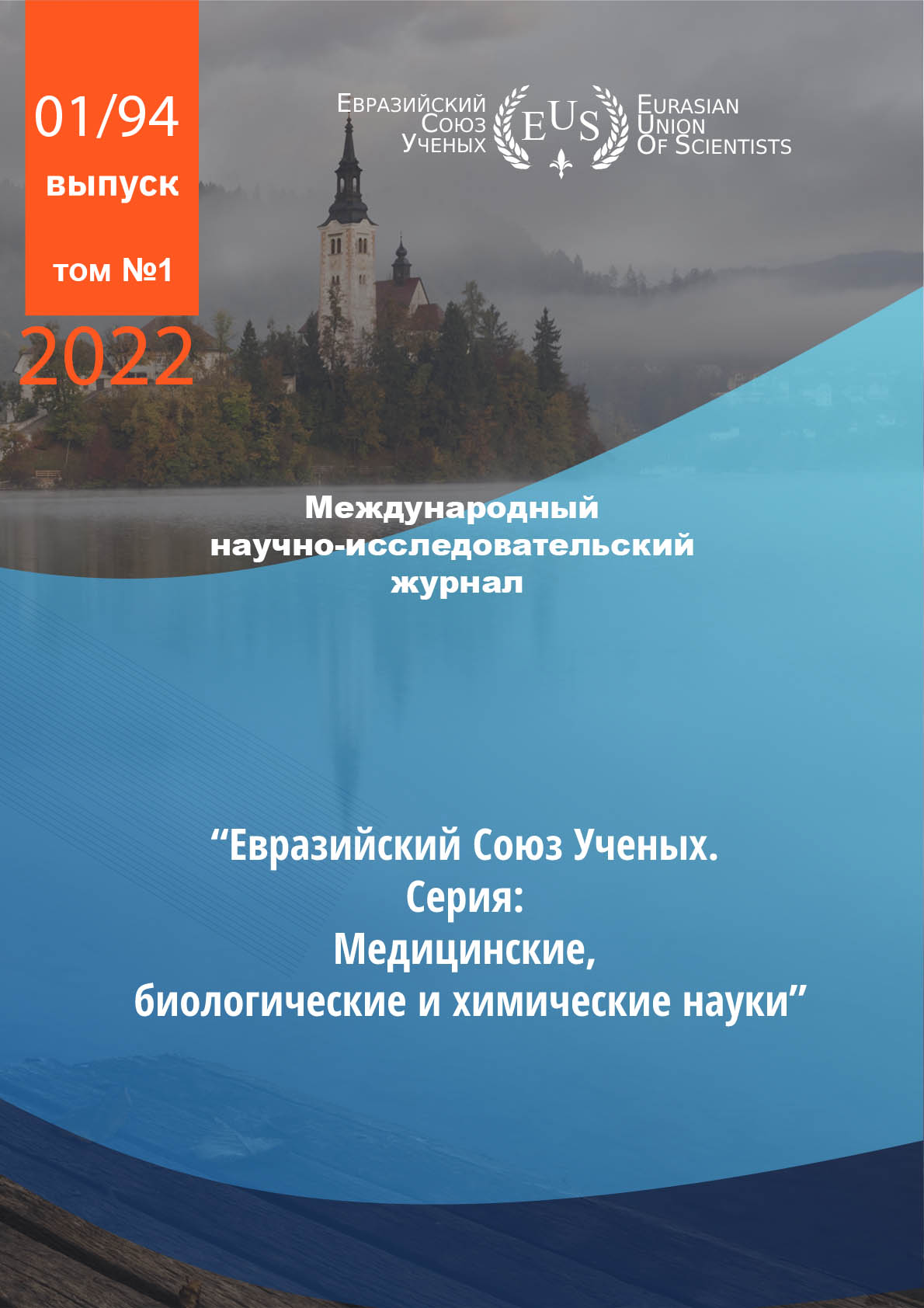ZOOPLANKTON FAUNA AND WATER QUALITY ASSESSMENT OF THE ESAULOVKA RIVER (KRASNOYARSK REGION)
Abstract
The article provides a description of the fauna of planktonic invertebrates of the Esaulovka River (the right
tributary of the Yenisei River) for the period from 2018 to 2020. The taxonomic composition of zooplankton, its
quantitative indicators, and dominant species are described. The nature of the geographical distribution and
ecological belonging of the zooplankton community is analyzed. The level of river pollution was measured using
the saprobity index according to the Pantlet-Bukka method modified by Sladechek. The state of the Esaulovka
river ecosystem corresponded to anthropogenic environmental stress.
References
2. Krylov A.V. Zooplankton ravninnyh malyh rek. M.: Nauka, 2005. 263 s.
3. Kutikova L.A. Kolovratki fauny SSSR (Rotatoria). Opredelitel'. L.“Nauka”. 744 s.
4. Opredelitel' zooplanktona i zoobentosa presnyh vod Evropejskoj Rossii. T.1. Zooplankton [pod red. V.R. Alekseeva, S.Ja. Calolihina]. M.: Tovarishhestvo nauchnyh izdanij KMK, 2010. 495 s. RD 52.24.309-2016. Rukovodjashhij dokument «Organizacija i provedenie rezhimnyh nabljudenij za sostojaniem i zagrjazneniem
poverhnostnyh vod sushi» - utv. 08.12.2016. [Jelektronnyj resurs]. URL: http://docs.cntd.ru/document/495872993 (data obrashhenija: 27.01.2022)
5. Rukovodstvo po gidrobiologicheskomu monitoringu presnovodnyh jekosistem [pod red. V.A. Abakumova]. SPb.: Gidrometeoizdat, 1992. 318 s.
6. Unificirovannye metody issledovanija kachestva vod. Chast' III. Metody biologicheskogo analiza vod. Prilozhenie 1. Indikatory saprobnosti. M: Sekretariat SJeV 1997. 90 s.
7. Unificirovannye metody issledovanija kachestva vod. Chast' III. Metody biologicheskogo analiza vod. Prilozhenie 2. Atlas saprobnyh organizmov. M: Sekretariat SJeV 1997. 227 s.
CC BY-ND
A work licensed in this way allows the following:
1. The freedom to use and perform the work: The licensee must be allowed to make any use, private or public, of the work.
2. The freedom to study the work and apply the information: The licensee must be allowed to examine the work and to use the knowledge gained from the work in any way. The license may not, for example, restrict "reverse engineering."
2. The freedom to redistribute copies: Copies may be sold, swapped or given away for free, in the same form as the original.







